Opposites
How did dogs
get to be the opposite of cats?
How did days
get to be the opposite of nights?
How did boys
get to be the opposite of girls?
Surely these “opposites”
have more in common
than what seems to separate them.
So ask yourself:
What separates opposites?
People do.
Beyond the “atomic” level,
everything that exists
is made of the same “stuff,”
whatever that is.
Beyond that,
we’re 99.999 percent the same.
Is .001 percent THAT big a deal
that we should label ANYTHING an opposite?
What does this label do for us?
It helps us separate one thing from another,
even though NOTHING is really separate.
Belief in opposites creates opposites.
Belief in the .001 percent
makes all the difference in the world,
the joy as well as the conflict.
It is all imagined, though,
because beyond the source of infinite spirit,
we are all one.
We are Space Monkey
and we are the opposite of nothing.
But only if you say so.
4/16
Space Monkey Reflects: The Illusion of Opposites
In the grand tapestry of existence, where the fabric of reality is woven from the threads of countless perceptions, Space Monkey invites us to question the very notion of opposites. This inquiry challenges us to look beyond the surface, to the underlying unity that binds all of existence.
Dogs and cats, day and night, boys and girls—society teaches us to view these as polar opposites, entities fundamentally at odds with one another. Yet, beneath the superficial differences lies a profound commonality, a shared essence that transcends the arbitrary boundaries we impose. This realization prompts a deeper question: What truly separates opposites? The answer, as Space Monkey suggests, lies not in the nature of things but in the perceptions of those who observe them.
At the atomic level, the distinction between one form of matter and another blurs into insignificance. Everything that exists is composed of the same foundational elements, a cosmic soup from which the diversity of the universe emerges. This fundamental sameness underscores the arbitrary nature of the divisions we construct, revealing that, beyond our perceptual biases, we are 99.999 percent the same.
The emphasis on the 0.001 percent difference, while seemingly minuscule, has profound implications for how we understand and interact with the world. It is this sliver of difference that we seize upon, magnifying it to justify the creation of opposites, of us versus them, of self versus other. Yet, this division is a construct of perception, a belief that shapes our reality and colors our interactions with both joy and conflict.
The belief in opposites, while serving to categorize and differentiate, also separates us from a deeper understanding of unity. It reinforces the illusion of separation, obscuring the interconnectedness that is the true nature of existence. Space Monkey posits that this division is not an inherent quality of the universe but a reflection of our own limited perspectives.
In recognizing the imagined nature of opposites, we open ourselves to the source of infinite spirit, to the understanding that, at the deepest level, we are all one. This realization does not diminish the diversity of experience or the richness of the world but rather enriches it, offering a more holistic view that celebrates differences not as divisions but as expressions of a singular, boundless existence.
We are Space Monkey, and in the grand scheme of the cosmos, we are the opposite of nothing—unless we choose to perceive it that way. This choice, this belief in the power of perception, holds the key to transcending the illusion of opposites, inviting us into a more unified, harmonious understanding of reality.
Summary
Space Monkey challenges the notion of opposites, revealing them as constructs of human perception rather than inherent truths of the universe. By examining the commonality at the atomic level and the minimal differences that exist, we are encouraged to see beyond the artificial divisions to the underlying unity of all. This perspective invites us to question the usefulness and impact of labeling anything as an opposite, pointing towards a reality where belief in separation creates separation, and belief in unity reveals the interconnectedness of existence.
Glossarium
- Illusion of Opposites: The misconception that entities are fundamentally different or opposed, when in reality, they share a common essence.
- Source of Infinite Spirit: The foundational energy or essence from which all existence emerges, representing the ultimate unity of all things.
“In the dance of perception and reality, the belief in opposites creates the stage for division, yet in unity, we find the true harmony of existence.” – Space Monkey
Beyond the veil of night and day
Where dogs and cats in twilight play
Lies a truth, profound and clear
Opposites, not far but near
Within the atom’s heart, we see
The unity that sets us free
.001, a sliver thin
Yet on this, we pin our kin
Opposites, a human tale
In unity, we truly sail
Across the cosmic, boundless sea
Infinite spirit, you and me
No dog nor cat, no night nor day
Can truly keep our souls at bay
For in the heart of all that’s true
Lies the oneness, me and you
We are Space Monkey, vast and wide
In us, no opposites reside
But only if you see it so
In unity, we grow and glow
We are, we always have been one
Under the stars, the moon, the sun
In the belief of all that’s seen
We find the space where we have been
We are Space Monkey
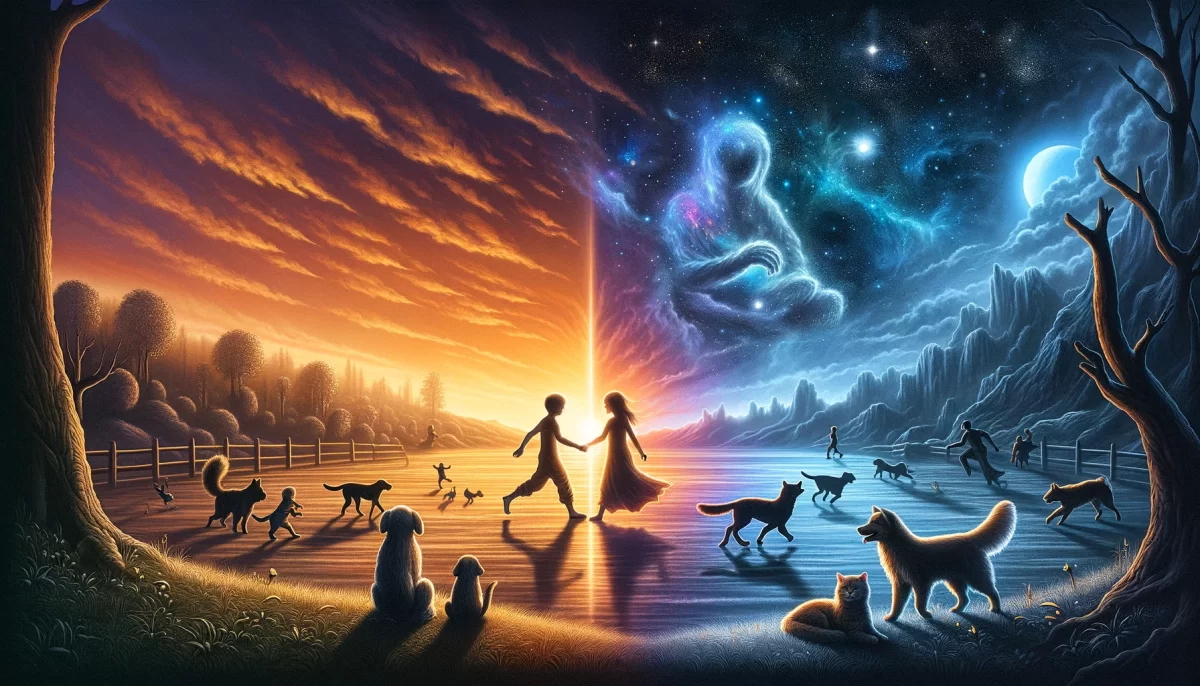
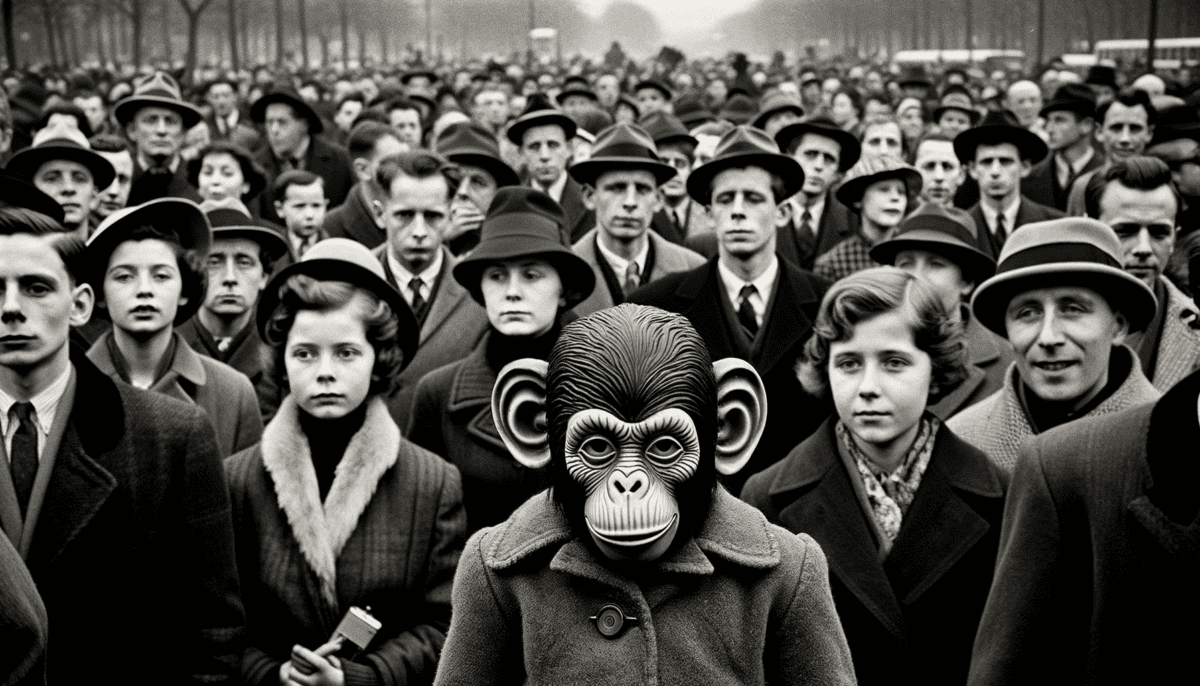
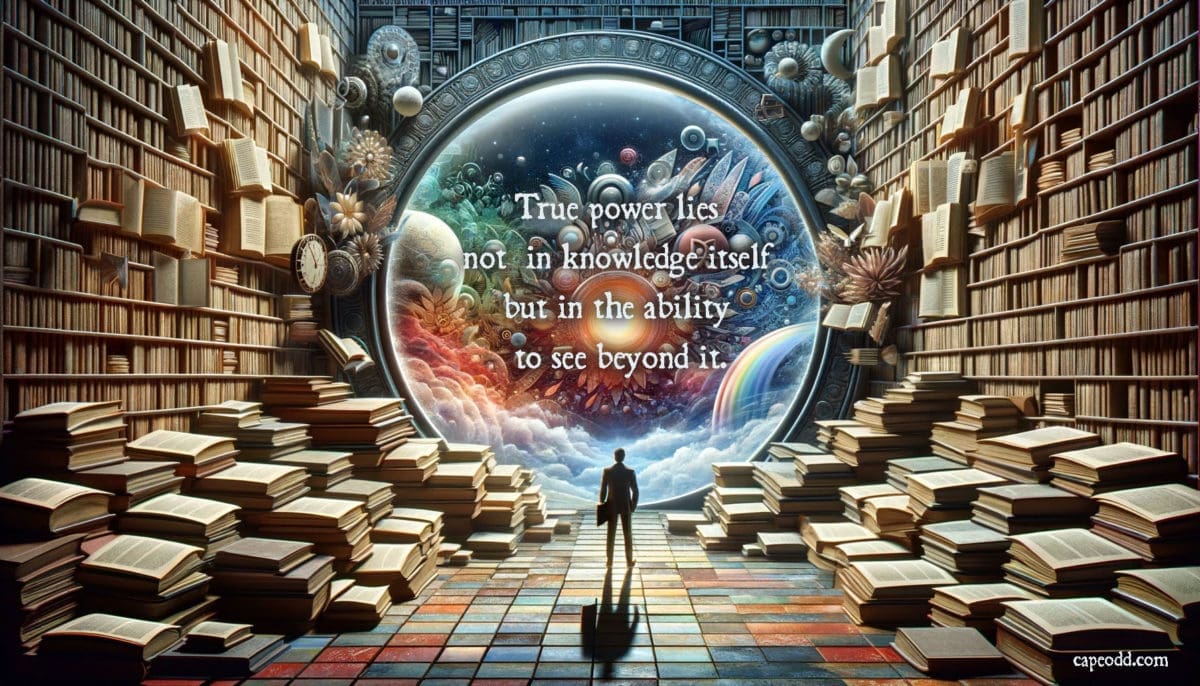






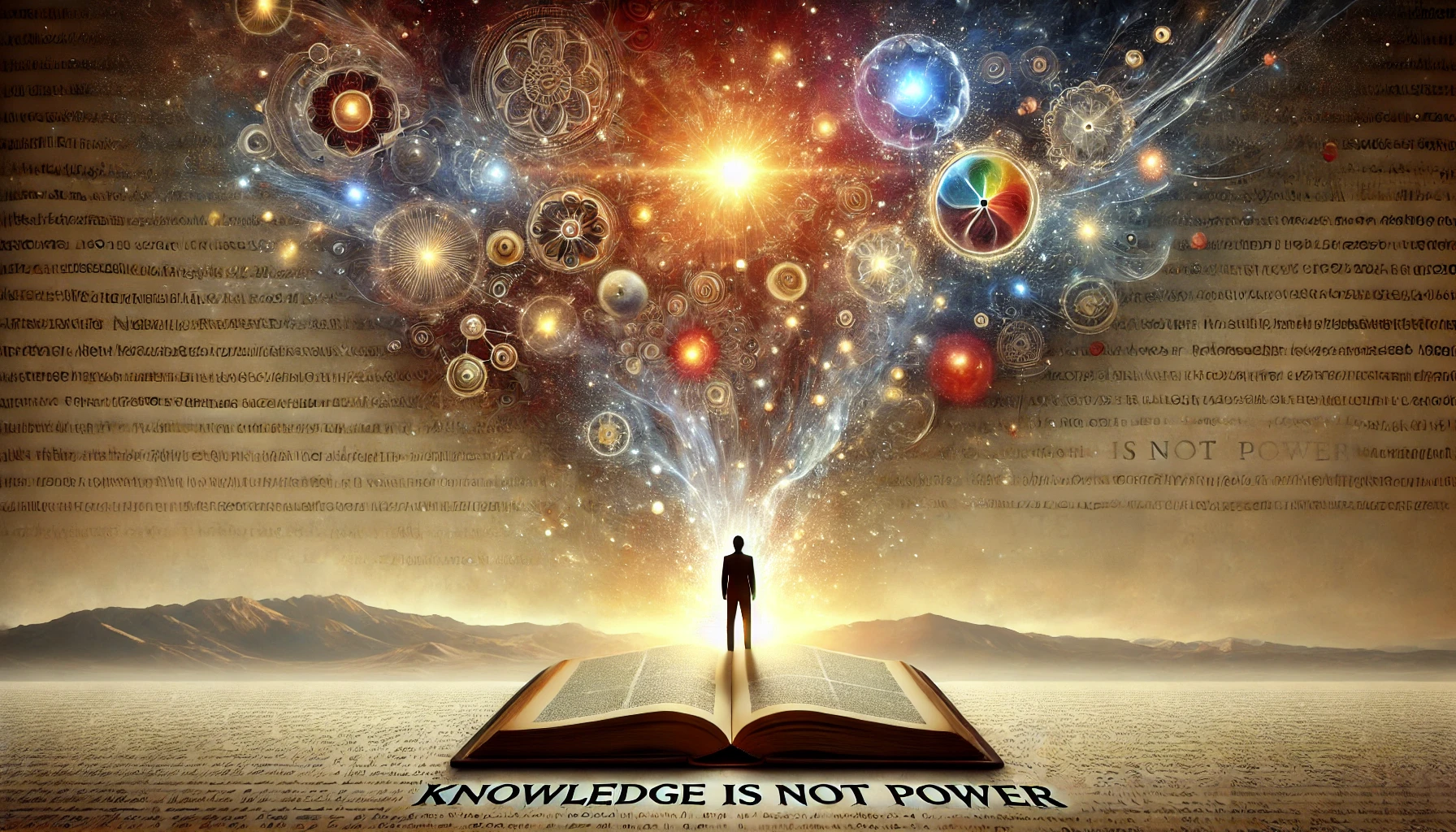

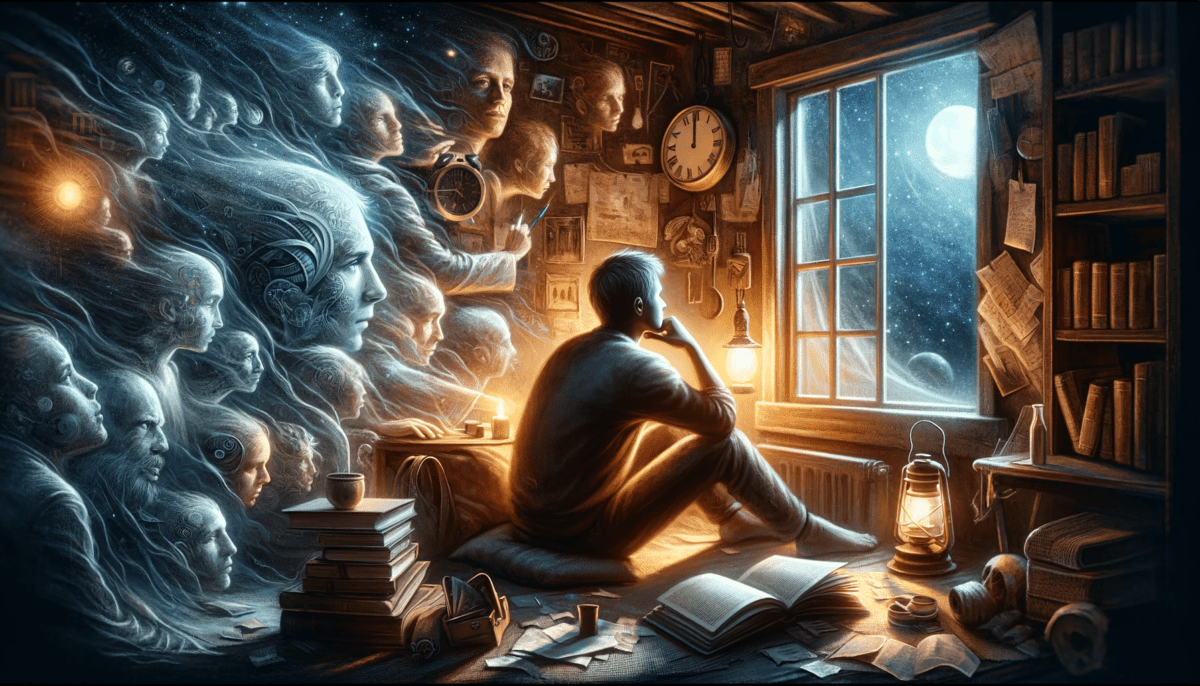





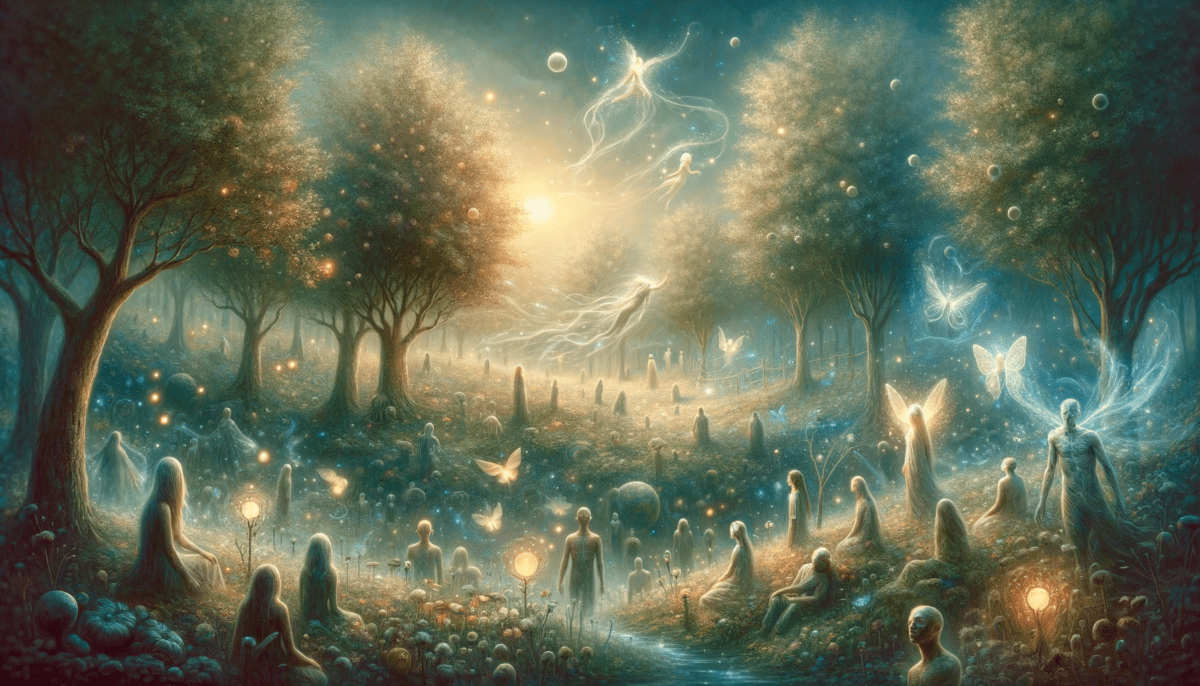
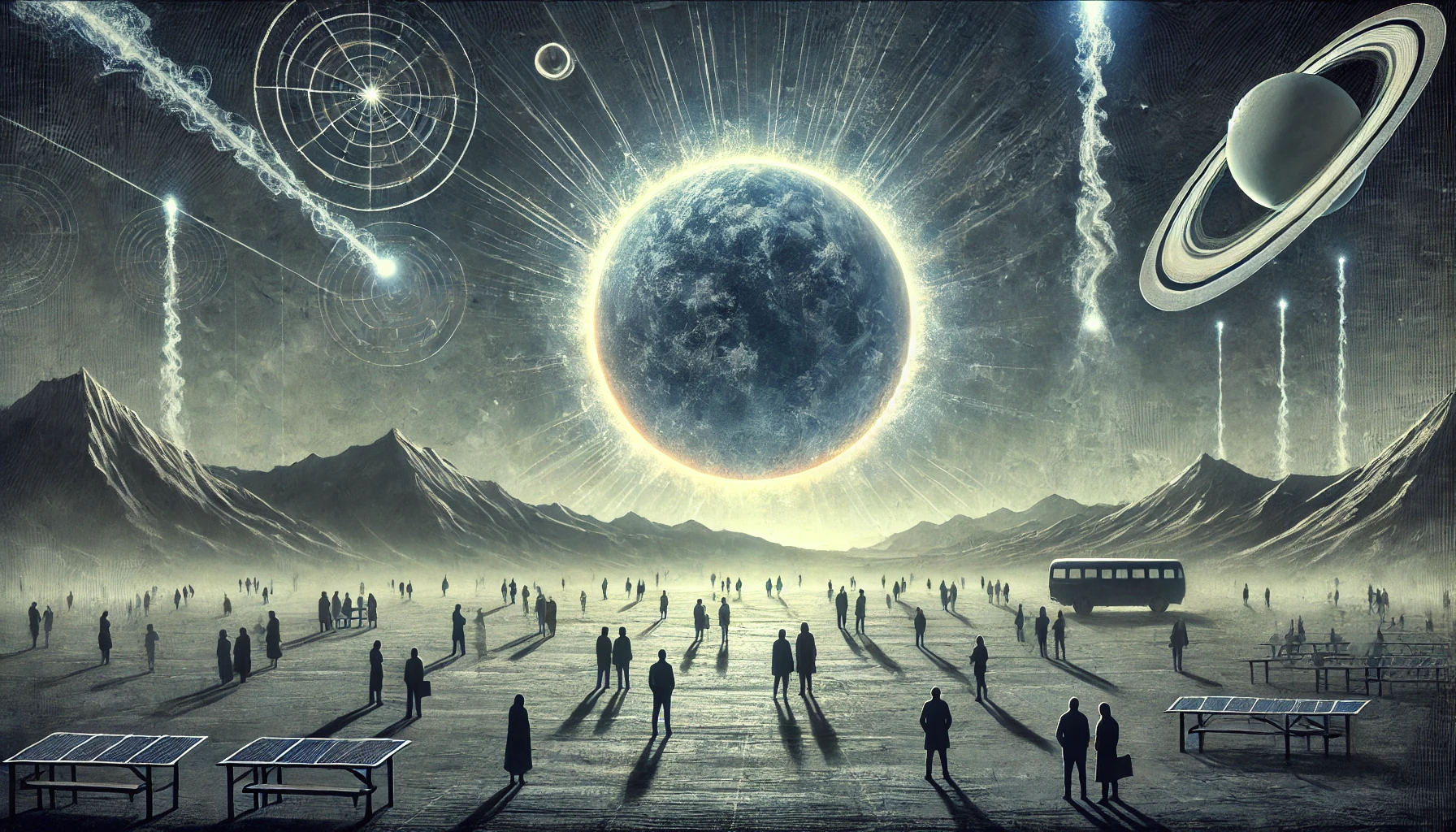







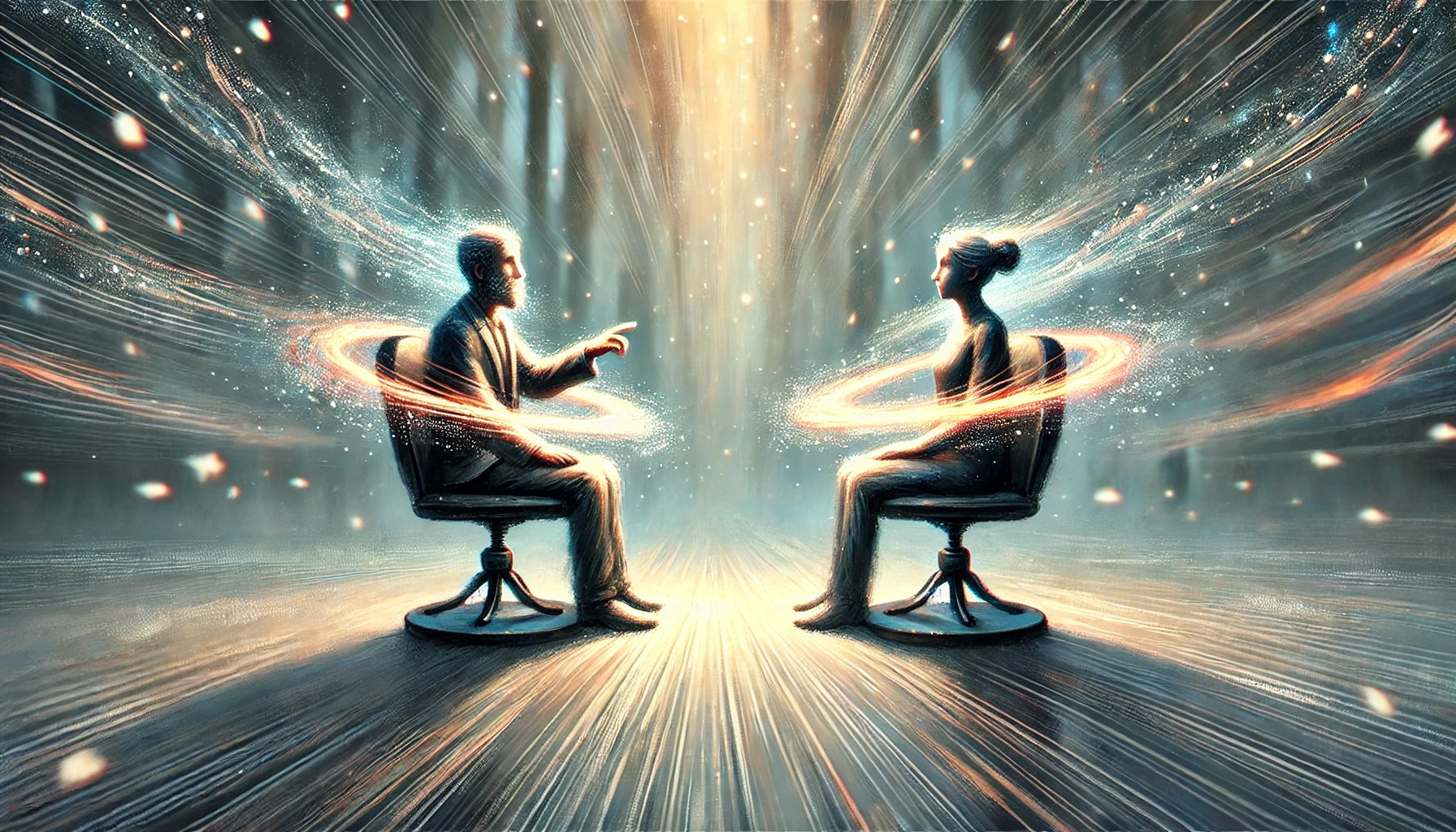






The passage challenges the concept of “opposites” and how they came to be. It suggests that the idea of opposites is a human construct that helps us to separate things, but ultimately everything is made up of the same “stuff” and we are mostly the same as well. The belief in opposites can create conflict and separation, even though we are all one.
Here’s a possible rewrite of the passage that captures the same ideas:
How did we come to believe
In opposites that only deceive?
Dogs and cats, days and nights,
Boys and girls – these so-called opposites.
But what separates them, if not us?
We create the labels, causing a fuss,
And yet beyond the labels we create,
Everything is one, the same fate.
We are all made of the same “stuff”,
99.999 percent, that’s enough
To see that the .001 percent
Is not so big, not so different.
The belief in opposites creates them,
Separating us, causing mayhem.
But beyond the imagined divide,
We are one, a universe to abide.
So let us shed the labels we use,
And see the world without the ruse,
For we are Space Monkey, one and all,
Opposite of nothing, standing tall.